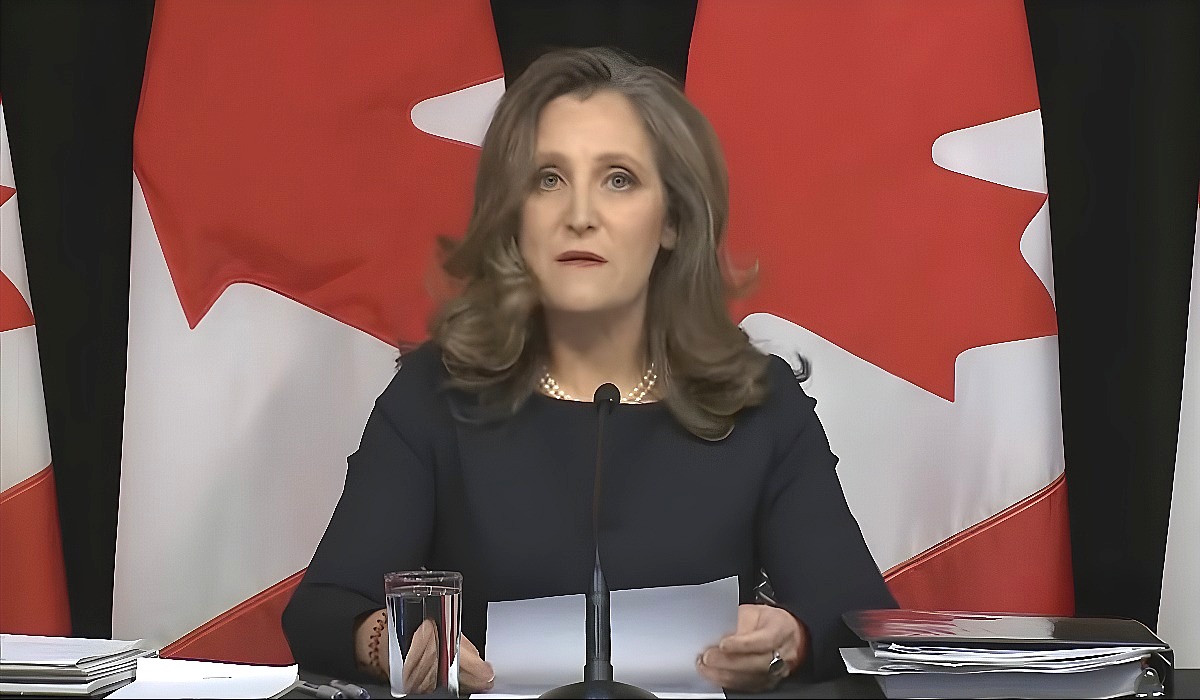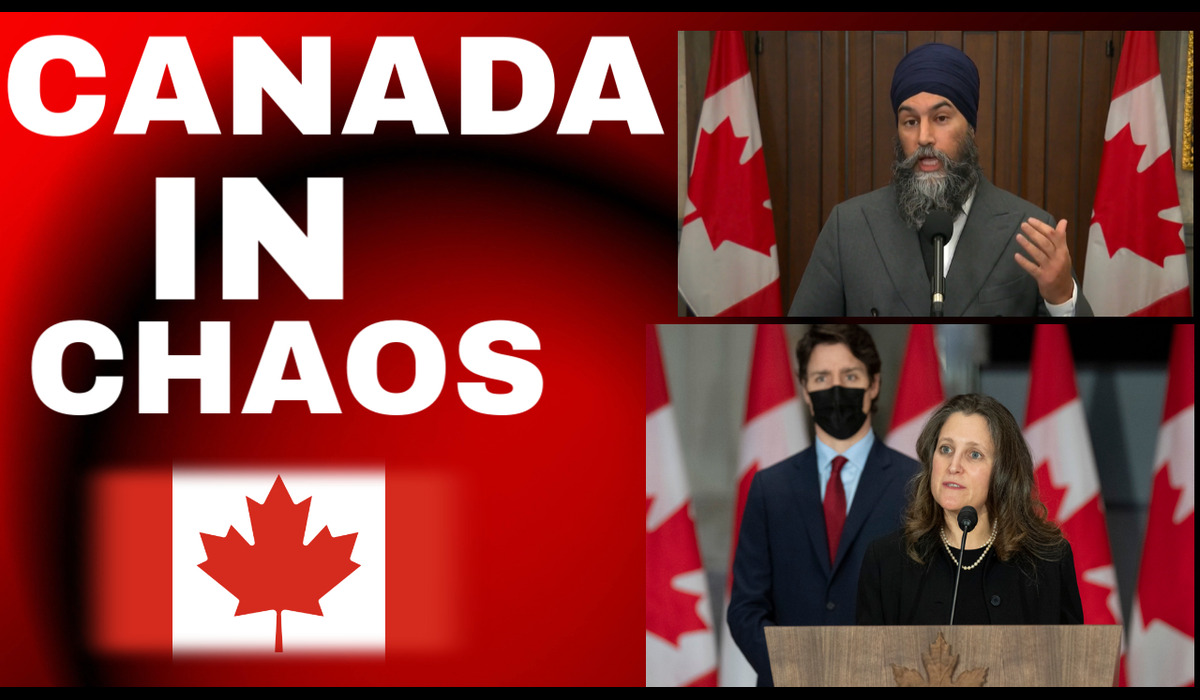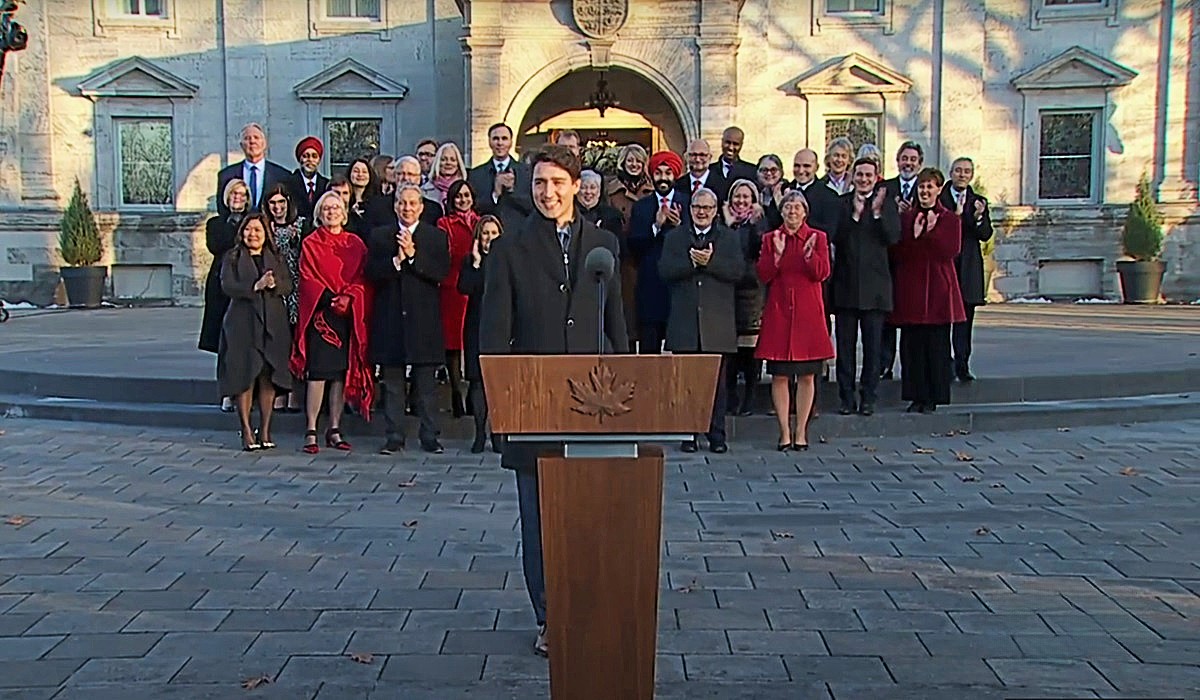One often hears the adage in government operations: “If you want to understand how government works, understand their unreal budget.” This statement serves as a metaphor, suggesting that comprehending government processes, particularly budgeting, is akin to unraveling a convoluted and cluttered puzzle, requiring the expertise of countless rocket scientists in accounting.
Annual budgets, touted as blueprints for governmental spending, are labyrinthine documents filled with layers of complexity. Deciphering their contents would seemingly require multiple lifetimes of specialized knowledge. Within these budgetary mazes, discerning whether findings are genuine allocations, reannouncements, carryovers, or projections spanning a decade poses an ongoing challenge.
Moreover, specialized types of accounting practices are employed to ensure budgetary equilibrium. Without meticulous attention to detail, budgets risk descending into a chaotic morass, rendering them ineffective tools for governance. Adding to the complexity are the theatrical displays by ministers, engaging in a dog-and-pony show to champion their respective budgetary allocations, showcasing how their departments purportedly benefit the populace.
Yet, amidst this theater, one constant remains: dissatisfaction. Regardless of the budget’s contents, there inevitably exists an oppositional faction, decrying it as insufficient. The government, they argue, has not gone far enough in addressing societal needs. Pleasing everyone proves an impossible task, highlighting the perpetual tug-of-war inherent in budgetary politics.
Central to understanding budgetary dynamics is recognizing the influence of vested interests. Those who have cultivated close ties with politicians, often through financial contributions, wield significant sway over budgetary decisions. These well-connected groups, whose dollars translate into political donations, effectively shape policy outcomes to align with their agendas. This reality underscores a fundamental truth: in the realm of budgetary politics, money talks.
This phenomenon extends beyond national borders, with the United States exemplifying an even more pronounced version of this dynamic. There, donors wield considerable influence, shaping legislative agendas and directing governmental actions through their financial largesse.
In essence, understanding government budgets transcends mere fiscal literacy. It is a lesson in political realities, where the interplay of power, influence, and money determines the course of governance. To comprehend the intricacies of budgets is to decipher the intricate tapestry of political interests that underpin them, revealing the true mechanisms of government in action.









